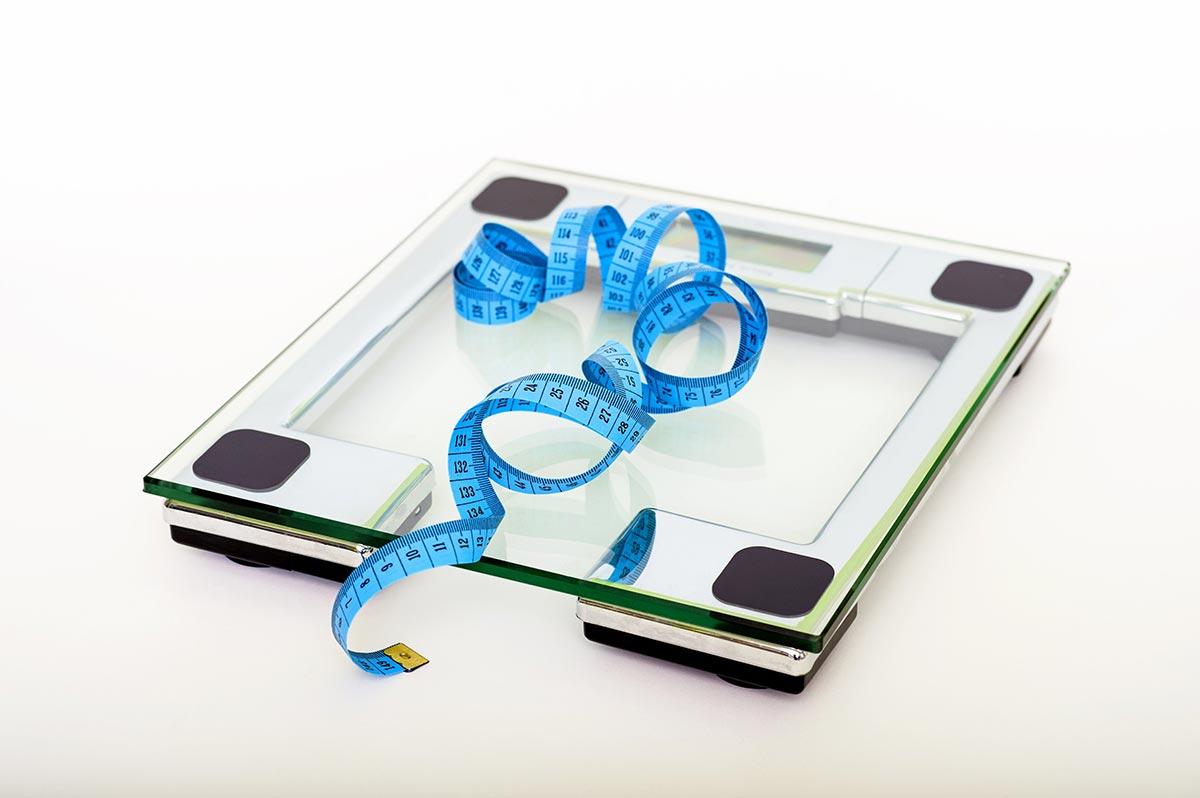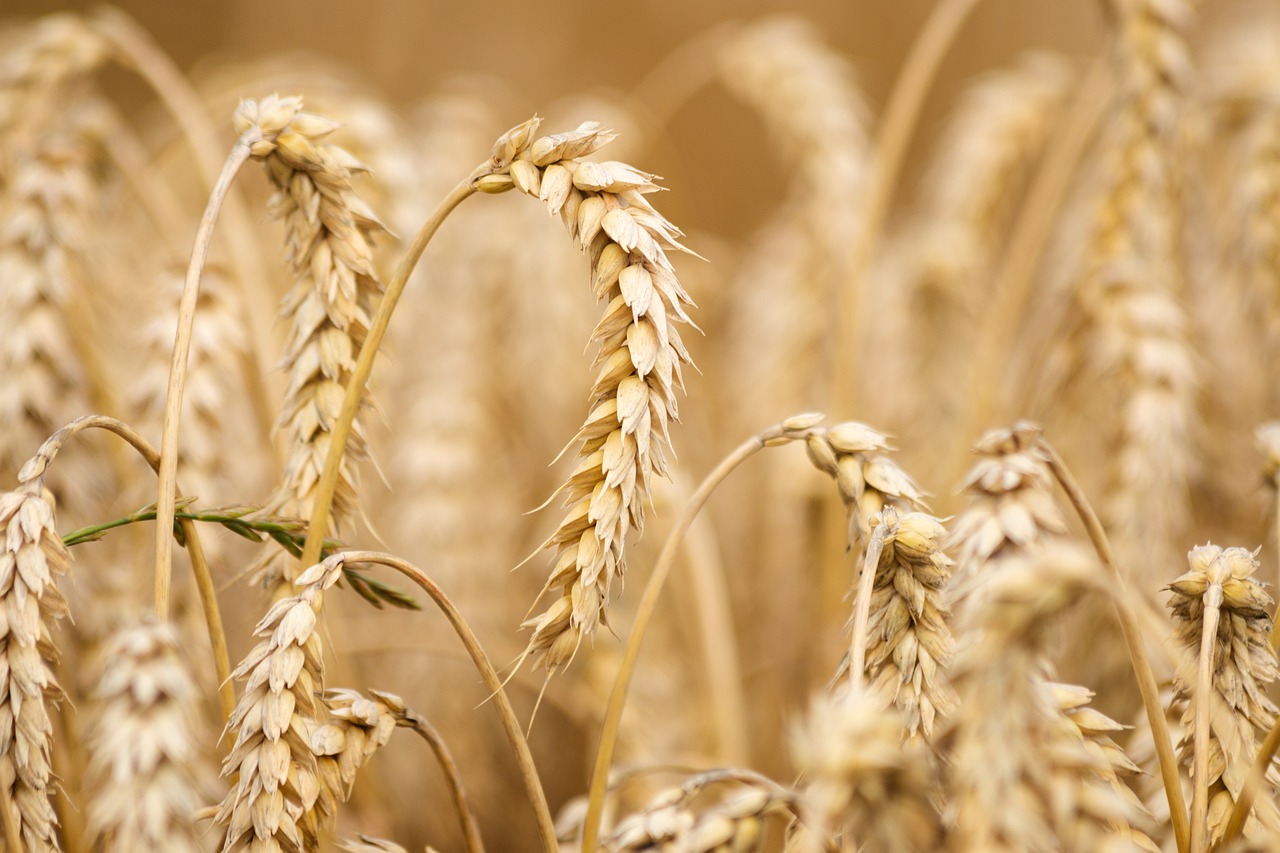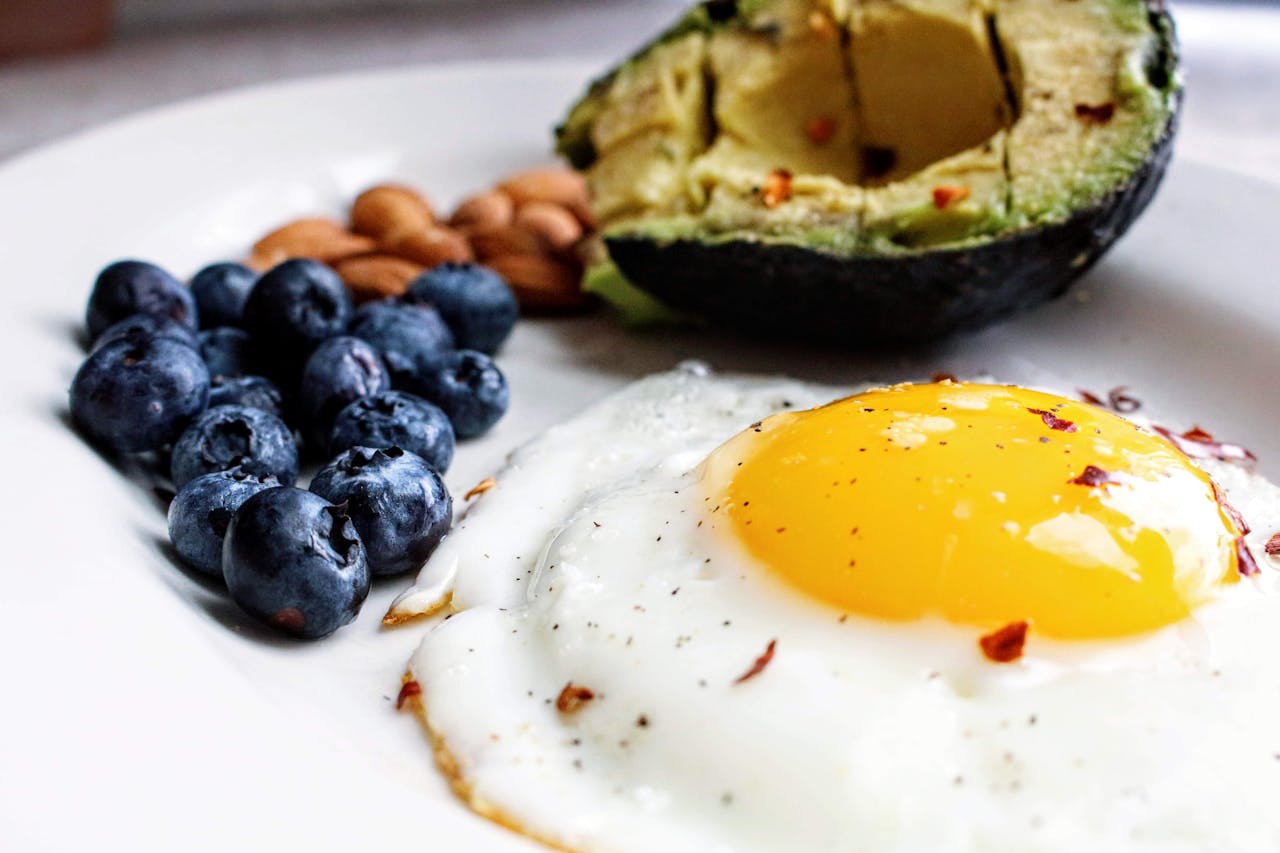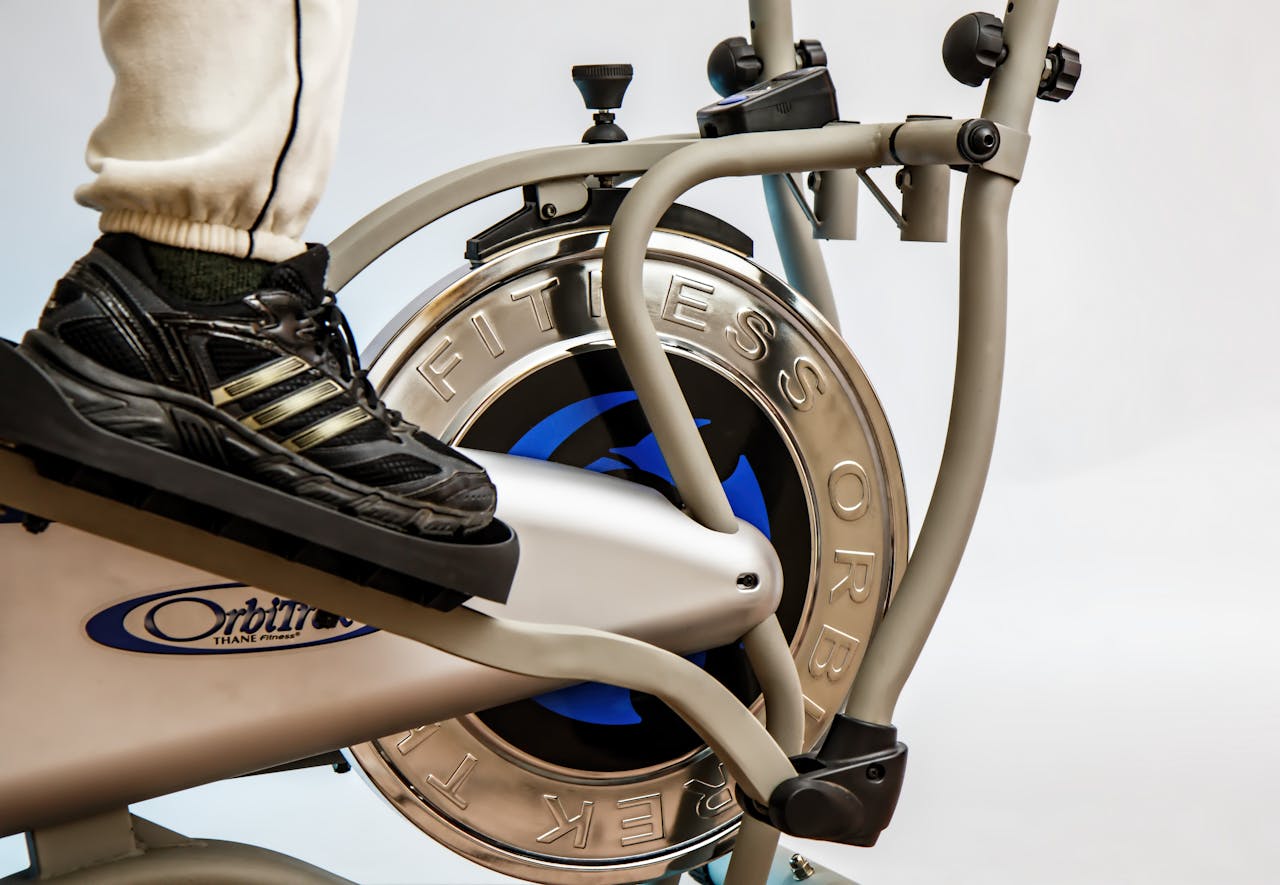1. Glycation – When Sugar and Proteins Form a Toxic Alliance
Glycation isn’t a buzzword, it’s a biochemical accident. Sugar molecules randomly bind to proteins or fats, forming so-called AGEs – Advanced Glycation Endproducts. Sounds harmless, but it’s a disaster: these AGEs damage blood vessels, make tissues brittle, promote arteriosclerosis and accelerate aging of your connective tissue and your brain. You can squat all you want – if your breakfast consists of sugary cornflakes, you’re gumming up your system before 9 a.m.
2. Oxidative Stress – The Molecular Water Leak in Your Cell
Metabolism produces free radicals – aggressive, incomplete molecules that steal electrons. This theft damages DNA, enzymes, and membranes. The body has antioxidant defenses – but they’re limited. Intense physical activity adds more free radicals. Add a burger on the way home and a lack of sleep, and your cellular engine is ablaze. You don’t need more movement – you need more antioxidant power: berries, broccoli, curcumin. Not protein bars with dye.
3. Mitochondrial Dysfunction – When Your Powerhouse Becomes a Garden Shed
Mitochondria are the cell’s power plants – they produce ATP, the fuel of life. Dysfunctional mitochondria are like diesel engines with broken filters: low-energy, inefficient, dirty. Exercise can revive them – but only if they’re fed the right substrates: omega-3 fatty acids, coenzyme Q10 Urbiquinol, L-carnitine, antioxidants. If you believe toast, diet soda, and a booty-blast class restore your energy, you’ve misunderstood biochemistry.
4. Insulin Resistance – When Your Cells Go Deaf
Insulin is the doorman that lets glucose into your cells. Chronically high insulin – from constant meals, snacks, sodas – makes cells insensitive. Sugar stays in the blood, the pancreas pumps out more insulin until it gives up. = Insulin resistance! Exercise helps by increasing glucose uptake without insulin. But without changing your diet, it’s like a bandage on a compound fracture. Insulin resistance is a dietary trauma – not a movement problem.
5. Membrane Stability – Your Cell Doesn’t Need a Wall, It Needs a Smart Gate
Cell membranes are made of phospholipids – fat. Good fats keep them flexible, permeable, functional. Bad fats (like from margarine, frying oil, processed meat) make them rigid or leaky. This affects hormone receptors, neurotransmitters, signal transmission – everything. You can run ten kilometers – if your membranes are built from cheap fats, your biochemistry is a sputtering radio signal. More salmon, fewer fries.
6. Chronic Inflammation – The Silent Fire Inside You
Inflammation itself isn’t bad. It’s an immune response. But chronic inflammation – caused by belly fat, sugar, toxins, microplastics, stress – attacks organs. Joints, gut, arteries – all damaged. Exercise helps by releasing anti-inflammatory myokines. But only if it’s not itself a stressor – and if the immune system isn’t constantly sabotaged by diet. Detox doesn’t start with celery juice – it starts with reading yogurt ingredient labels.
7. Methylation – Your Cellular Repair Protocol
Methylation is a biochemical process where molecular groups are transferred – crucial for DNA repair, hormone balance, detoxification, nerve function. It requires micronutrients like B6, B12, folate, and choline. You don’t get those from pizza – you get them from leafy greens, eggs, organ meats. If methylation falters, you stop regenerating properly, become irritable, tired, vulnerable. You can train like Rocky – your body still won’t repair itself.
8. Gut Dysbiosis – The Forgotten Organ's Revenge
Your gut microbiome is a 2-kilo chemical factory influencing immunity, digestion, even mood. Antibiotics, alcohol, sugar, ultra-processed foods – all disrupt microbial diversity. That leads to nutrient malabsorption, inflammation, leaky gut, and systemic disease. You can do all the cardio you want – if your microbiome looks like the produce aisle after a hurricane, you're sabotaging your own performance. Real fix? Fermented foods, fiber, prebiotics, probiotics – not six-pack selfies.
The American Fitness Paradox
In the US, we glorify aesthetics over biology. Muscle definition is praised while metabolic disease explodes. Over 40% of American adults are obese, yet gyms are full. The supplement market booms – but so do diabetes, Alzheimer's, infertility. You can deadlift 200 pounds, but if your mitochondria, membranes, and microbiome are dysfunctional, you're just a muscular time bomb. Fitness is visible – health is cellular. And no, they're not the same.
Your Best Medicine Isn't Your Workout ...
Exercise is important. It improves insulin sensitivity, supports mitochondria, reduces inflammation. But it's not a magic pill. You can't out-train a bad diet, chronic stress, or nutrient deficiencies. You can't deadlift away glycation. You can't bench-press mitochondrial failure. The foundation is diet, micronutrients, stress management, gut health – then comes movement. True health starts where your Instagram filter ends – at the cellular level.
Sources:
- Brownlee M. Glycation and diabetic complications. Diabetes. 2005.
- Harman D. Aging: a theory based on free radical and radiation chemistry. J Gerontol. 1956.
- Wallace DC. Mitochondria and cancer. Nat Rev Cancer. 2012.
- Reaven GM. Banting lecture: Role of insulin resistance in human disease. Diabetes. 1988.
- Calder PC. Omega-3 fatty acids and inflammatory processes. Nutrients. 2010.
- Sonnenburg JL, Bäckhed F. Diet–microbiota interactions as moderators of human metabolism. Nature. 2016.













